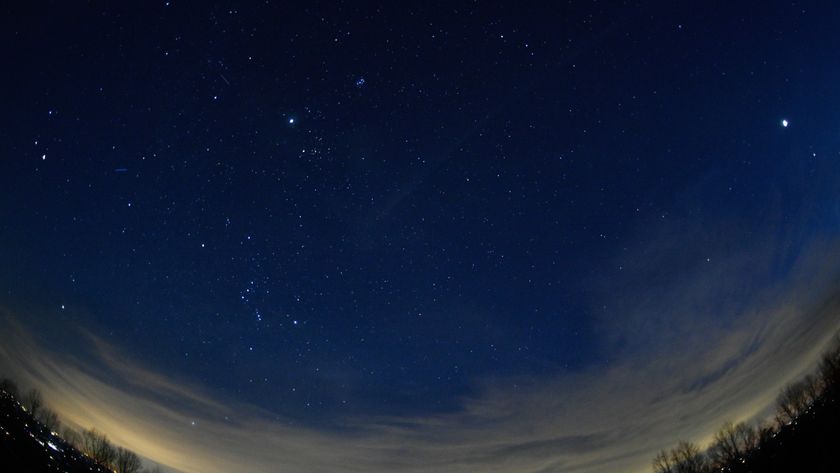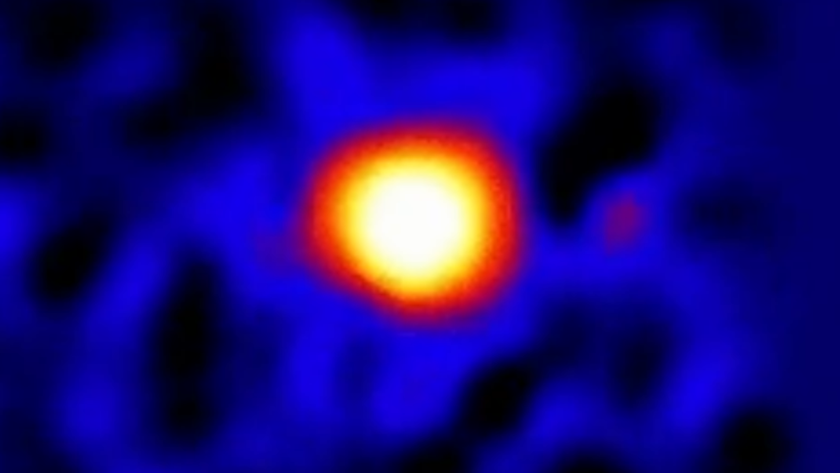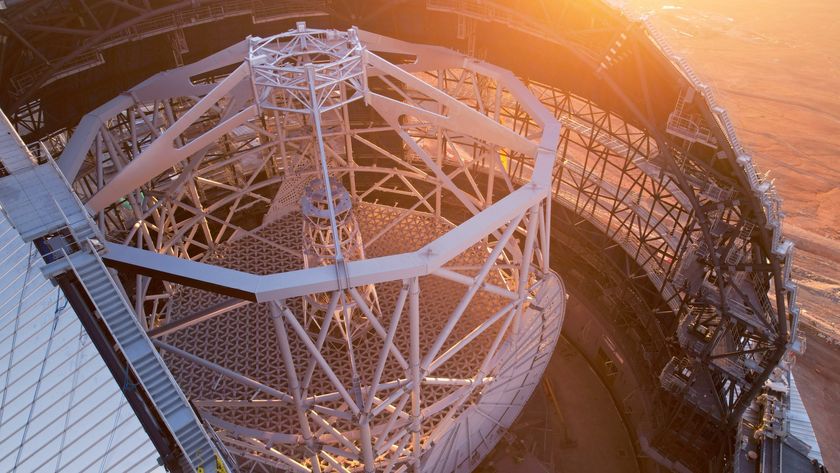Best-Ever Topographic Map of Earth Released
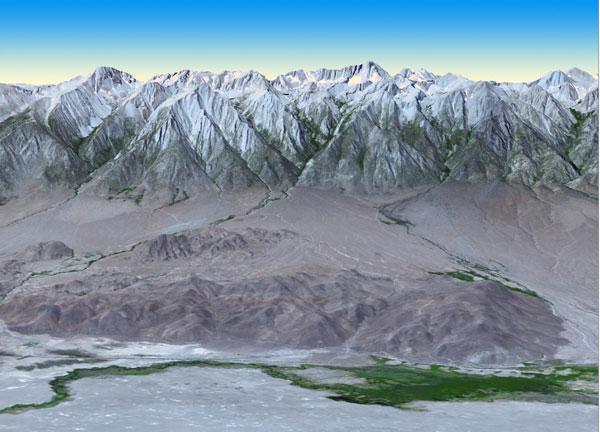
The most complete digital topographic ever made of the Earth was released by NASA today (Oct. 17).
The map, known as a global digital elevation model, was created from images collected by the Japanese Advanced Spaceborne Thermal Emission and Reflection Radiometer, or ASTER, instrument aboard NASA's Terra satellite.
The 3-D effect is achieved by merging two slightly offset two-dimensional images (called stereo-pair images) to create depth.
The first version of the map was released by NASA and Japan's Ministry of Economy, Trade and Industry (METI) in June 2009.
"The ASTER global digital elevation model was already the most complete, consistent global topographic map in the world," said Woody Turner, ASTER program scientist at NASA Headquarters in Washington, D.C. "With these enhancements, its resolution is in many respects comparable to the U.S. data from NASA's Shuttle Radar Topography Mission, while covering more of the globe."
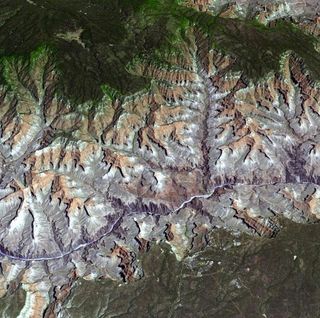
The ASTER data cover 99 percent of Earth's landmass and span from 83 degrees north latitude to 83 degrees south.
The improved version of the map adds 260,000 additional stereo-pair images to improve coverage. It features improved spatial resolution, increased horizontal and vertical accuracy, more realistic coverage over water bodies and the ability to identify lakes as small as 0.6 miles (1 kilometer) in diameter. The map is available online to users everywhere at no cost.
Get the Space.com Newsletter
Breaking space news, the latest updates on rocket launches, skywatching events and more!
"These data can be used for a broad range of applications, from planning highways and protecting lands with cultural or environmental significance, to searching for natural resources," said Mike Abrams, ASTER science team leader at NASA's Jet Propulsion Laboratory in Pasadena, Calif.
This story was provided by OurAmazingPlanet, sister site to SPACE.com.
Join our Space Forums to keep talking space on the latest missions, night sky and more! And if you have a news tip, correction or comment, let us know at: community@space.com.
For the science geek in everyone, Live Science breaks down the stories behind the most interesting news and photos on the Internet, while also digging up fascinating discoveries that hit on a broad range of fields, from dinosaurs and archaeology to wacky physics and astronomy to health and human behavior. If you want to learn something interesting every day, Live Science is the place for you.
Most Popular



